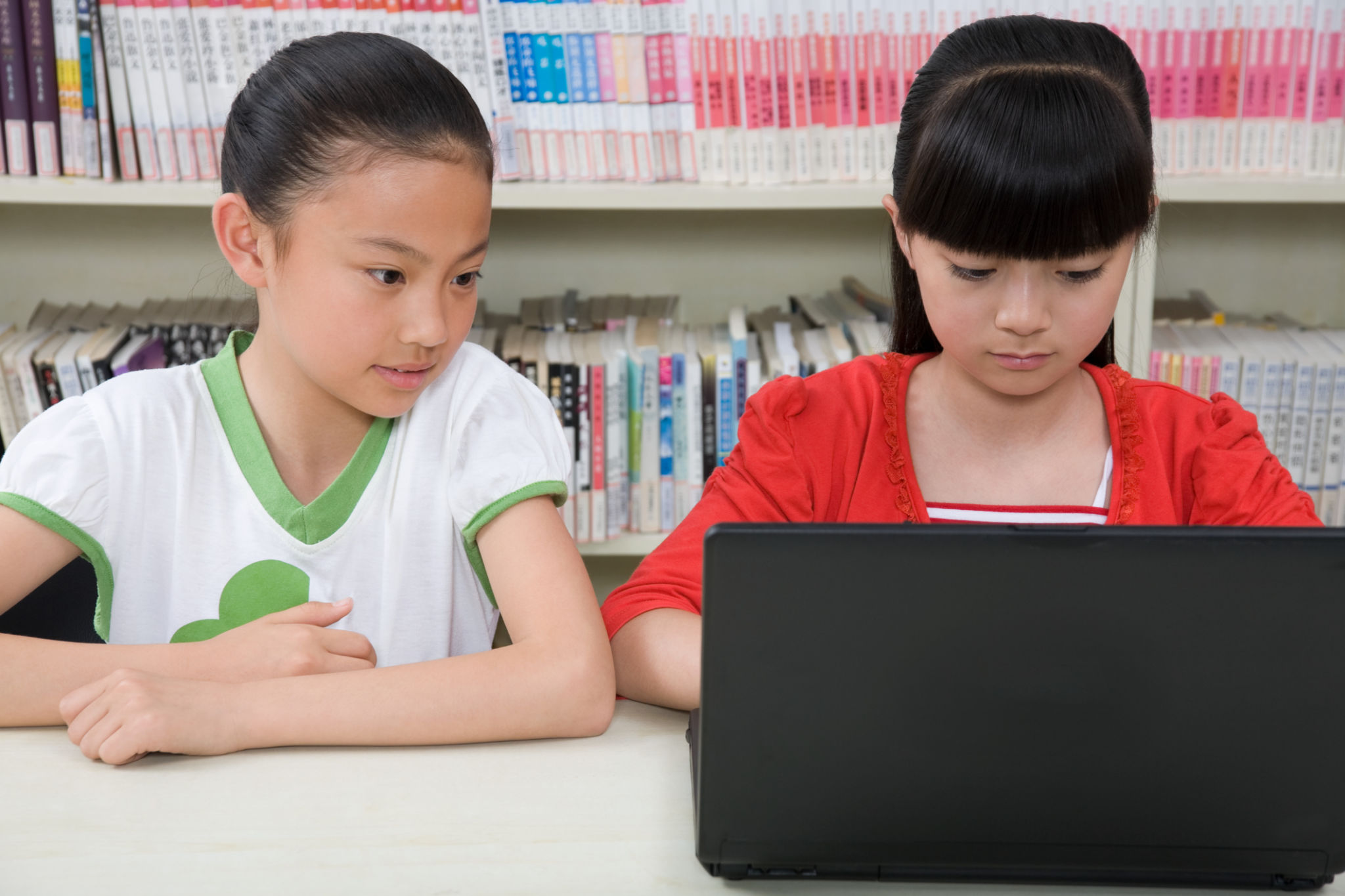Myth-Busting Common Misconceptions About Education in Malaysia
Understanding the Malaysian Education System
When it comes to education, Malaysia offers a diverse and evolving system. However, several misconceptions persist about how education is structured and delivered in the country. Let’s take a closer look to clear up some of these misunderstandings.
One prevalent misconception is that Malaysian education is entirely rote-based, focusing solely on memorization. While rote learning has been a traditional method, the education system is actively shifting towards a more holistic approach. This change emphasizes critical thinking, creativity, and practical skills, preparing students for a dynamic world.

The Language of Instruction
Another common myth is that all instruction in Malaysia is conducted exclusively in Bahasa Malaysia. In reality, Malaysia's education system is multilingual. Public schools primarily use Bahasa Malaysia, but English is strongly emphasized, especially in secondary and higher education. Moreover, vernacular schools offer instruction in Mandarin and Tamil, reflecting the country's rich cultural diversity.
International schools also play a significant role in the Malaysian education landscape, providing curricula such as the British, American, and International Baccalaureate systems. These schools often use English as the primary language of instruction, catering to expatriates and local families seeking global education standards.
Access to Quality Education
A frequent misconception is that quality education in Malaysia is accessible only to the affluent. While private and international schools can be expensive, the government invests heavily in public education to ensure quality and accessibility. The Malaysian government provides free primary and secondary education to all citizens, aiming to bridge educational disparities.

Furthermore, numerous scholarships and financial aid programs are available for students who wish to pursue higher education but face financial constraints. These initiatives support students from diverse backgrounds in accessing quality education without undue financial burden.
Technological Integration in Education
Some believe that Malaysian schools lack technological integration in their curricula. However, this is far from the truth. The Malaysian Ministry of Education has prioritized digital learning and the integration of technology to enhance educational outcomes. Schools are increasingly equipped with digital tools and resources to support 21st-century learning.
During the COVID-19 pandemic, online learning platforms became indispensable, accelerating the adoption of digital technologies across all levels of education. Teachers and students adapted to virtual classrooms, showcasing Malaysia's commitment to embracing digital transformation in education.

The Role of Co-Curricular Activities
It is often assumed that Malaysian schools focus solely on academics, neglecting co-curricular activities. In reality, co-curricular activities are a vital component of the Malaysian education system. Schools encourage participation in sports, arts, and various clubs to foster well-rounded development.
Through these activities, students develop leadership skills, teamwork, and personal interests beyond academics. This holistic approach ensures that students are not only academically proficient but also equipped with essential life skills.
By debunking these myths, we gain a clearer understanding of the Malaysian education system's multifaceted nature. It is a dynamic ecosystem constantly evolving to meet the demands of an ever-changing global landscape.
